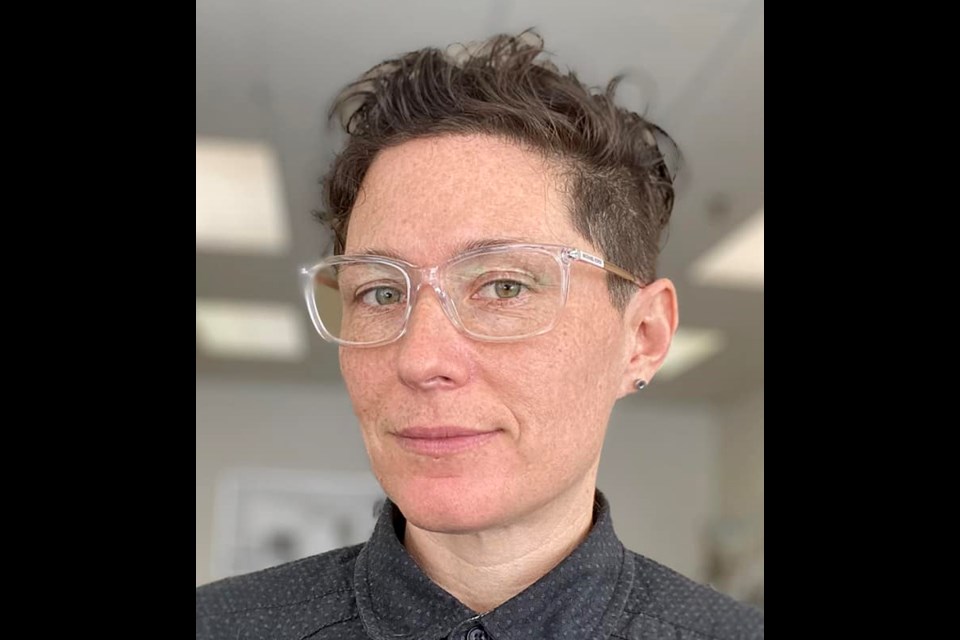The Western Development Museum (WDM) hosted its last Virtual Coffee Club meeting of the year Dec. 21, where Diana Savage, the museum’s director of exhibits, provided a behind-the-scenes glimpse into what goes on during the process of exhibit development.
The talk covered the recent Wapaha Ska Oyate exhibit in the WDM’s Saskatoon branch, which was co-curated by the museum and the Whitecap Dakota First Nation, located 26 kilometres south of Saskatoon.
The development process involves eight steps, and projects can take between half a year for a smaller exhibit and up to five years to complete a major display. In some cases, a project can take 10 years from initiation to completion.
"The tightest timeline you can do (for a major exhibit) is two years," Savage said. This is because of the time needed for research, to develop a storyline, and to include stakeholder engagement.
The first step is project initiation. The museum’s staff determines what gets made and where to focus their efforts, based on the WDM’s organizational strategic priorities. The WDM operates with the vision of a Saskatchewan where everyone belongs and histories matter.
The second step is concept development, followed by conceptual design in step three. Stage two involves the exploration of ideas to see what artifacts and information the museum has available, determining what space can be used, and operating within a preliminary budget. A style board is created to provide an early glimpse into what the exhibit might look like.
The fourth step is design development. In this stage, stakeholders review the design and give feedback to help ensure accuracy.
“We wanted to make sure members of the (Whitecap Dakota) community had a chance to see what we were (preparing) to present,” said Savage. “(The meeting) also gave formal permission to use photographs of ancestors.”
The fifth step is the final design, followed by the exhibit’s fabrication in step six, and installation in step seven. This is where high school math lessons come in handy, as the design includes curves, arcs, and other display-area construction. It can take weeks of work to complete, and printing vinyl signs can take a week or two alone. For this, the museum uses its in-house print shop.
The eighth and final step is project evaluation. Once the display is open to the public, the museum gathers feedback from stakeholders, the public, and data is collected to continually improve future exhibits.
“I’ve called this stage ‘evaluation,’ although it’s also the celebratory stage where you get to open up and present your exhibit to the public,” Savage said.
“The installation is complete, but that doesn’t mean the WDM is finished working on the (exhibit),” she said. “It will certainly be a work in progress for several years to come.”
This and all previous Coffee Club events can be viewed anytime on the museum’s YouTube channel, ‘Western Development Museum – WDM.’
Diana Savage, BFA, MFA, is trained in fine and applied arts through the Emily Carr University of Art and Design, and the University of Saskatchewan. Savage has many years of experience working in the film and television industry, including her role as art director for the award-winning APTN (Aboriginal People’s Television Network) series, ‘Wapos Bay.’
The next Virtual Coffee Club meeting will take place Jan. 25, 2024, and will feature Joan Brewerton’s presentation of British Home Children. Brewerton will tell how an estimated 100,000 children around the age of 12 were sent to Canada from Great Britain between 1869 and 1948 to work as indentured farm labourers and domestic servants.
To attend the upcoming virtual meeting on the Zoom app, visit wdm.ca/CoffeeClub to register, or call the museum’s program co-ordinator Alexis Jones at 306-693-5989.
In response to some providers blocking access to Canadian news on their platforms, our website, MooseJawToday.com will continue to be your source for hyper-local Moose Jaw news. Bookmark MooseJawToday.com and sign up for our free online newsletter to read the latest local developments.




